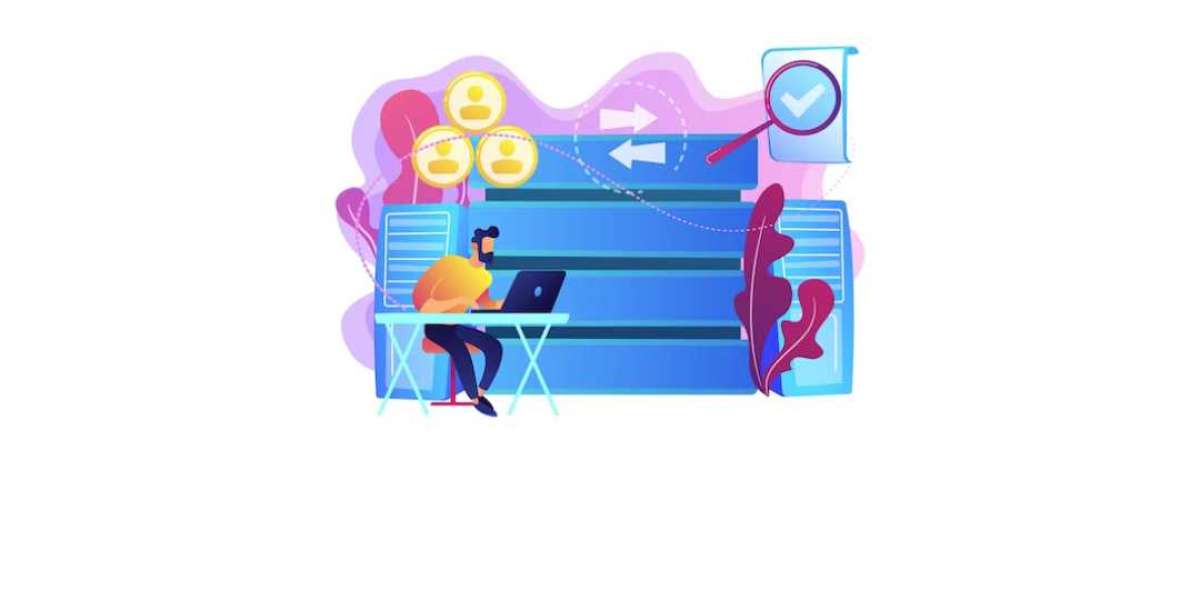Introduction:
In the complex world of business liquidation, the presence of legacy systems introduces a unique set of challenges and opportunities. As companies embark on the path of financial restructuring, the handling of legacy systems becomes a critical factor that can significantly impact the outcome of the liquidation process. In this blog, we will explore the intricacies surrounding legacy systems in liquidation, shedding light on the challenges businesses face and the untapped opportunities that lie within this digital terrain.
The Challenge of Legacy Systems:
Legacy systems, often deeply entrenched in the operations of mature businesses, pose several challenges during the liquidation phase. These challenges include:
1.Data Complexity:
Legacy systems are notorious for their intricate data structures and outdated technologies. Extracting relevant financial and operational data from these systems can be a labyrinthine task, often requiring specialized expertise to navigate the complexities.
2.Compliance Concerns:
As regulatory landscapes evolve, ensuring compliance during liquidation becomes paramount. Legacy systems, which may not have kept pace with modern compliance standards, can pose risks and legal challenges.
3.Integration Hurdles:
In mergers and acquisitions that accompany liquidation, integrating legacy systems with those of acquiring entities can be a formidable challenge. Data harmonization and system interoperability become key focal points.
Uncovering Opportunities Amidst the Challenges:
1.Legacy Data Mining:
Rather than viewing legacy data as a hindrance, businesses can leverage advanced analytics and data mining techniques to extract valuable insights. Unearthing historical trends and customer behaviors can provide a basis for informed decision-making in the liquidation strategy.
2.Digital Transformation Initiatives:
Liquidation offers a unique window for companies to embark on digital transformation initiatives. By migrating critical data and processes from legacy systems to modern platforms, businesses can streamline operations, enhance efficiency, and potentially unlock hidden value.
3.Strategic Asset Identification:
Legacy systems often house valuable digital assets that, when identified strategically, can be sold or repurposed. This could include intellectual property, proprietary algorithms, or software licenses that might find new homes and generate revenue.
Best Practices for Legacy System Management:
1.Conduct a Thorough System Audit:
Before initiating the liquidation process, conduct a comprehensive audit of legacy systems. Identify critical data, assess compliance status, and evaluate the potential for system integration.
2.Collaborate with IT Experts:
Engage IT experts with experience in legacy system management. Their insights can prove invaluable in overcoming technical challenges, ensuring data security, and facilitating a smooth transition.
3.Develop a Data Exit Strategy:
Craft a meticulous data exit strategy that outlines how legacy data will be extracted, stored, and potentially utilized post-liquidation. This strategy should align with compliance standards and data protection regulations.
Conclusion:
In conclusion, while legacy systems present challenges during the liquidation process, a proactive and strategic approach can transform these challenges into opportunities for business growth. By navigating the complexities with diligence and leveraging the untapped potential within legacy systems, companies can emerge from liquidation stronger, more informed, and ready for the digital landscape that lies ahead.








